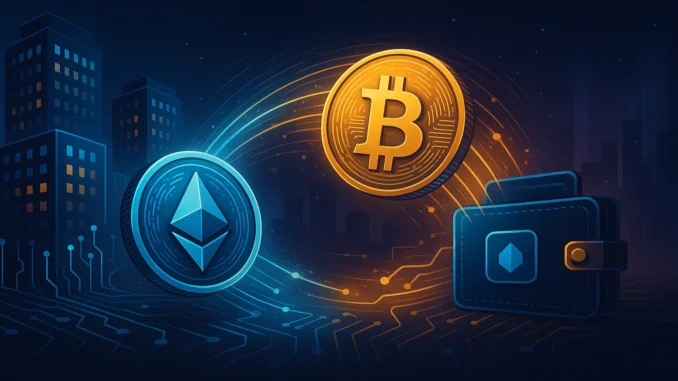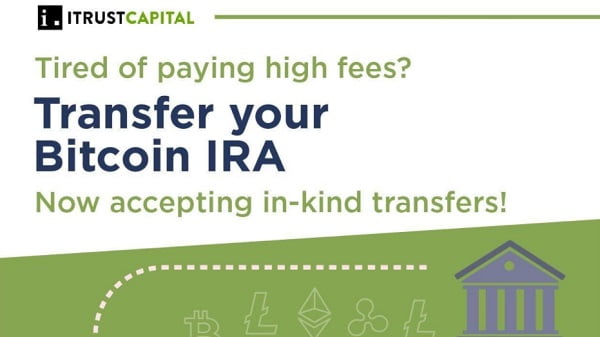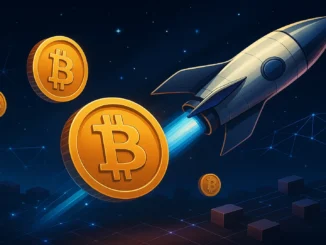
The Ethereumization of Bitcoin: BRC-20 Tokens Ignite Fees and Functionality Debate
The crypto market has seen countless evolutions since Bitcoin’s creation in 2009, but few have been as controversial as its recent “Ethereumization.” This term describes how Bitcoin is adopting features once unique to Ethereum — most notably through the rise of the BRC-20 protocol.
The Rise of BRC-20 and the Ordinals Revolution
The BRC-20 protocol, powered by the Ordinals system, allows users to mint non-fungible tokens (NFTs) on Bitcoin by assigning unique identifiers to individual satoshis. This marks a dramatic shift, transforming Bitcoin from a “store of value” into a multi-asset network capable of hosting meme coins, NFTs, and tokenized projects.
CoinMarketCap data shows more than 8,500 BRC-20 tokens were issued within weeks of the protocol’s launch. The excitement mirrors the early days of Ethereum’s ERC-20 boom, with rapid speculation and experimental token creation flooding the market.
Unlike Ethereum NFTs, which store only metadata on-chain, Bitcoin NFTs are fully stored within the blockchain — a feature that makes them more immutable and decentralized. Analysts suggest this could challenge Ethereum’s dominance in the NFT sector, which has seen declining activity in recent months.
BRC-20 Spurs Record Transaction Fees
The BRC-20 frenzy has fueled congestion and record-high transaction costs. As users rushed to mint tokens, Bitcoin’s average transaction fee soared to $30 on May 8, the highest since 2018.
This surge created enormous block rewards — sometimes exceeding 12.5 BTC — giving miners a windfall. However, the rush also strained Bitcoin’s blockspace, with over 450,000 transactions waiting in the mempool at one point, more than double the congestion seen during the 2021 bull market.
The large JSON format used by BRC-20 tokens consumes significant blockspace. Luxor Technologies researcher Colin Harper suggested switching to binary storage could reduce bandwidth usage by up to 80%.
Mixed Reactions Across the Community
While critics worry about Bitcoin’s scalability and rising costs, some industry leaders view the phenomenon as a bullish sign. MicroStrategy founder Michael Saylor stated, “What happened with Ordinals and NFTs is we crossed this chasm from what was a bearish scenario to a bullish scenario. If I was a miner, I would be ecstatic.”
Still, the network’s limitations are now more apparent than ever. Fee spikes have reignited debates over censorship, with some developers suggesting restrictions on Ordinals-based tokens to preserve network functionality — a divisive idea in the Bitcoin community.
The Road Ahead: Opportunity and Growing Pains
Bitcoin’s “Ethereumization” offers both innovation and risk. On one hand, it expands Bitcoin’s utility by enabling decentralized applications, smart contracts, and token creation. On the other, it introduces the same scaling and congestion issues Ethereum has long battled.
Ethereum’s ongoing upgrades, such as sharding and Layer-2 scaling solutions, may serve as a blueprint for Bitcoin’s evolution. Layer-2 options like the Lightning Network could help reduce on-chain congestion and enable faster, cheaper transactions.
Ultimately, the BRC-20 era underscores Bitcoin’s growing adaptability — and its challenges in maintaining balance between innovation and its original simplicity. Whether this transformation cements Bitcoin’s dominance or blurs its identity will depend on how effectively developers and miners address scalability in the months ahead.




